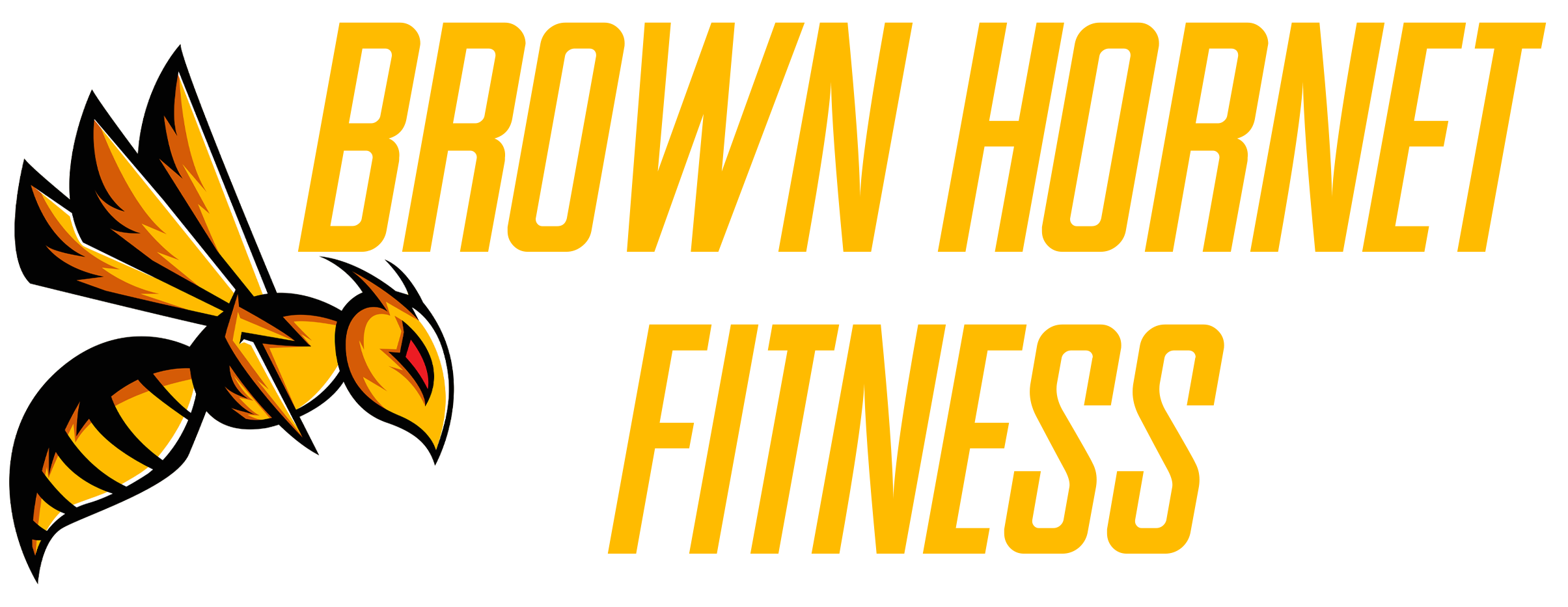Introduction
Bulking is a popular fitness approach for individuals looking to gain weight and build muscle mass. The process involves consuming a calorie surplus, typically through a combination of diet and exercise, to provide the body with the energy and nutrients necessary for muscle growth and repair. In this article, we’ll provide a detailed guide on how to get started with bulking, including tips and tricks for building muscle mass and gaining weight effectively.
Understanding Bulking
Before starting a bulking program, it’s essential to understand the fundamentals of the process. In simple terms, bulking involves consuming more calories than your body burns on a daily basis. These extra calories are used to fuel muscle growth and repair, resulting in an increase in muscle mass and overall weight. While the concept of bulking may seem straightforward, there are many factors to consider, including nutrition, resistance training, and recovery.
Nutrition for Bulking
Nutrition is a critical component of any bulking program. To gain weight and build muscle mass, it’s essential to consume a diet rich in macronutrients, particularly protein, carbohydrates, and healthy fats. A good starting point is to aim for a daily caloric intake that is 250-500 calories above your maintenance level. It’s also important to pay attention to the quality of the food you consume, opting for nutrient-dense whole foods rather than processed or junk foods.

Developing a Meal Plan for Bulking
To make sure you’re getting the right nutrients and calories to support your bulking goals, it’s crucial to develop a meal plan. A well-designed meal plan should include a variety of whole foods, with an emphasis on lean proteins, complex carbohydrates, and healthy fats. Some good options to include in your meal plan are chicken breast, brown rice, sweet potatoes, vegetables, and healthy fats like nuts and avocados.
Resistance Training for Bulking
Resistance training is another critical component of a successful bulking program. It’s essential to focus on exercises that target the major muscle groups in the body, such as the chest, back, legs, and arms. Some effective exercises for bulking include squats, deadlifts, bench press, and pull-ups. It’s also essential to incorporate progressive overload into your resistance training program, gradually increasing the weight or reps of each exercise over time.
Developing a Workout Plan for Bulking
To maximize the benefits of resistance training, it’s crucial to develop a workout plan that aligns with your bulking goals. This should include a combination of compound exercises, isolation exercises, and cardio. A good starting point is to aim for three to four resistance training sessions per week, with one to two cardio sessions mixed in. It’s also important to vary your workout routine regularly to prevent plateauing.
The Importance of Recovery in Bulking
Recovery is another crucial component of any successful bulking program. This includes getting enough sleep each night, stretching and foam rolling to reduce muscle soreness, and taking rest days to allow your muscles to recover and repair.
Tracking Progress in Bulking
Tracking your progress is essential in any fitness program, including bulking. It allows you to monitor your results and make adjustments as needed to continue making progress towards your goals. Some effective ways to track progress include taking measurements of your body, keeping a workout log, and monitoring your food intake. Measuring progress can be done by measuring body weight, body fat percentage, and taking progress pictures to track physical changes.
Challenges and Solutions for Bulking
While bulking can be an effective way to gain muscle mass and increase strength, there are some challenges to the process. One of the main issues people encounter when bulking is overeating, which can lead to excessive weight gain and unwanted fat gain. A way to combat overeating is to track your food intake and create a calorie surplus that is tailored to your individual needs. Another common challenge is plateauing, which can occur when your body adapts to your current workout routine. To overcome a plateau, consider changing your workout routine or adding variety to your exercises.
Bulking Tips for Success
To ensure success with your bulking program, there are a few additional tips to keep in mind. First, be patient and consistent. Gaining muscle mass and weight takes time, and it’s important to stay committed to your program to see results. Second, prioritize compound exercises, which work multiple muscle groups and are more effective at promoting muscle growth. Third, make sure to get enough rest and recovery time to allow your muscles to repair and grow. Finally, consider working with a trainer or nutritionist to create a customized program that meets your specific goals and needs.
Conclusion
Bulking is an effective approach to building muscle mass and gaining weight, but it requires careful attention to nutrition, resistance training, and recovery. By following the tips and tricks outlined in this guide, you can create a meal plan, develop a workout routine, and track your progress to achieve your bulking goals. Remember to stay patient, be consistent, and prioritize healthy food choices and resistance training to maximize your results. With dedication and hard work, you can successfully get started with bulking and achieve the body you desire.
References regarding bulking research:
- Helms, E. R., Aragon, A. A., & Fitschen, P. J. (2014). Evidence-based recommendations for natural bodybuilding contest preparation: nutrition and supplementation. Journal of the International Society of Sports Nutrition, 11(1), 1-20. doi: 10.1186/1550-2783-11-20
This study provides evidence-based recommendations for natural bodybuilding contest preparation, including nutritional strategies for bulking and cutting phases.
- Wilson, J. M., Lowery, R. P., Joy, J. M., Loenneke, J. P., Naimo, M. A., & Stout, J. R. (2013). The effects of static stretching on gains in vertical jump, strength, and power. Journal of Strength and Conditioning Research, 27(3), 592-599. doi: 10.1519/JSC.0b013e31825c2cb5
This study explores the effects of static stretching on gains in strength and power during bulking and resistance training programs.
- Schoenfeld, B. J., Aragon, A. A., & Krieger, J. W. (2013). Effects of meal frequency on weight loss and body composition: a meta-analysis. Nutrition Reviews, 71(6), 370-378. doi: 10.1111/nure.12004
This meta-analysis examines the effects of meal frequency on weight loss and body composition, including bulking programs.
- Kerksick, C. M., Wilborn, C. D., Roberts, M. D., Smith-Ryan, A., Kleiner, S. M., Jäger, R., … Kreider, R. B. (2018). ISSN exercise & sports nutrition review update: research & recommendations. Journal of the International Society of Sports Nutrition, 15(1), 38. doi: 10.1186/s12970-018-0242-y
This article provides an update on the International Society of Sports Nutrition’s recommendations for exercise and sports nutrition, including strategies for bulking and muscle gain.

